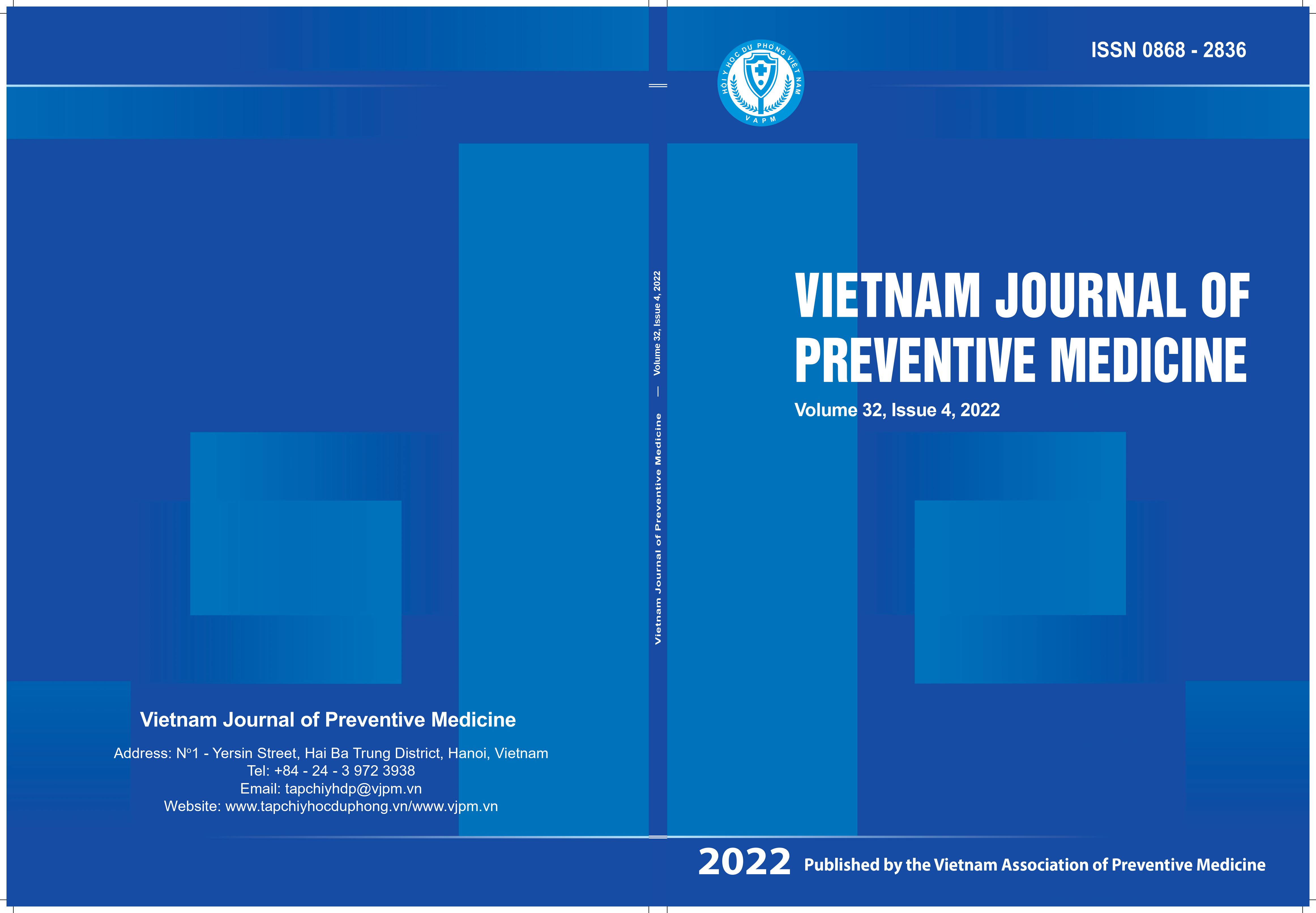Validation of brief autism mealtime behavior inventory (BAMBI) questionnaire in Vietnam in 2021
DOI:
https://doi.org/10.51403/0868-2836/2022/681Từ khóa:
Autism spectrum disorder (ASD), mealtime behaviors, Vietnam, BAMBITóm tắt
The purpose of this study was to translate the Brief Autism Mealtime Behavior Inventory (BAMBI) questionnaire into Vietnamese to develop and validate the evaluation of feeding behavior in patients with Autism Spectrum Disorder (ASD). This cross - sectional research was conducted at 18 centers raising children with ASD in Vietnam from May 2021 to December 2021. After testing by Cronbach’s alpha index, all 18 factors were kept (Cronbach’s alpha > 0.7). Then, these 18 questions were included in exploratory factor analysis (EFA) resulting in 4 questions being eliminated (Loading factor > 0.5). The remaining 14 sentences that were built into a model with 5 factors and CFA confirmatory factor analysis showed that this BAMBI’s model is considered to be quite close to the fit model (CFI < 0.9), and divided them into 5 factors (according to EFA) with KMO = 0.757 and Barlett’s Test = 0.000, which was accepted. Therefore, the brief autism mealtime behavior Inventory may be a valid and accurate measuring instrument to evaluate mealtime and feeding difficulties in people with autism in Vietnam.
Tải xuống
Tải xuống
Đã Xuất bản
Cách trích dẫn
Số
Chuyên mục
Giấy phép
Giấy phép xuất bản số: 150/GP-BTTTT cấp ngày 8/5/2014;
Giấy phép hoạt động báo chí điện tử số 322/GP-BTTTT cấp ngày 15/6/2016.


